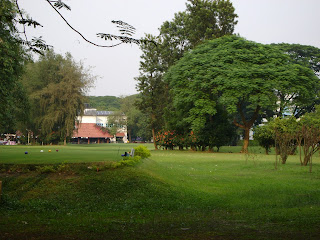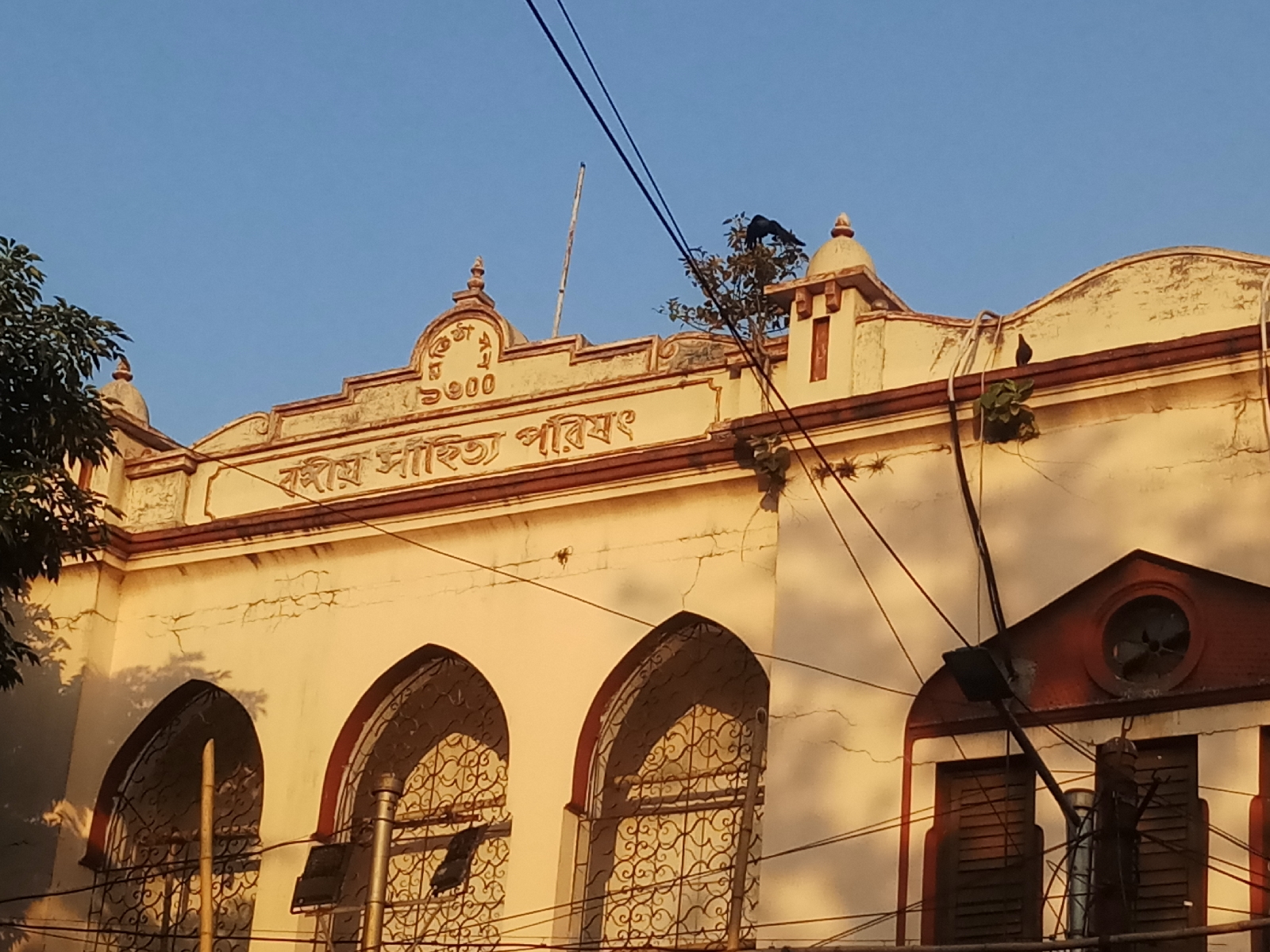- Tollygunge Club was established by the British colonisers in the southern part of Calcutta, a mangrove filled forest area then known as ‘Rasa Pagla’. The marshy track was populated by mangrove vegetation including Sundari, Baine and Garjan trees. The area now houses the Tolly Club and the Royal Calcutta Golf Club.
- Mad tree (Pterygota alata var diversifolia) or 'Pagla Gaach' is present at the club premises. The tree is named so as all the leaves of this tree are different. It is also believed that Saint Pir Pagla baba Hazraat Masood Ghazi, a Sufi Saint with spiritual powers, would meditate under this tree and was cremated here after his death.
- Col William Tolly desilted and revived the Adi Ganga channel in 1774, thereby connecting Kolkata mainland to the eastern districts of undivided Bengal.This navigatable water stretch came to be known as 'Tolly Nullah' and the surrounding area as Tollygunge, from where the club derives its name. He dredged the Gobindapur creek and connected it to the Bidyadhari and Matla rivers. He also permitted levy of tax on ships plying here and built a market or 'gunge'.
- The present club house is said to be built at the site of a Neel Kothi an Indigo Planter’s Bunglow though indigo plantation was never carried out here.
- In 1780, Richard Johnson a merchant of the East India Company, built a garden house here. Contrary to the popular belief, he was not involved in indigo plantation.
- This property was later purchased by Tipu Sultan’s deposed son, Mohammad Shah (1795-1872), who renamed it as Barra Bagh. Initially he started living at the outhouse of the Johnson estate and later remodelled it into a Garden house of Palladian style. He converted the green cover into the Royal Park. Mohammad Shah was the 14th son and aged only four at the time of his father's death. The East India Company sent him and his siblings to Vellore and later in 1806 shipped the entire family and entourage of about 300 people to Calcutta. Later this property was abandoned. Contrary to common belief, Tipu Sultan never visited Calcutta. The first hole of the golf course is named after Tipu Sultan.
- Gradually the family's fortune diminished, they sold some portions of the property and leased some other portions to Cruickshank who was eager to build a sports club for the British with residential facilities.
- In the year 1895, Tollygunge Club was established in this property by the Scottish Banker, Sir William Dixon Cruickshank to recreate the Western life as well as to facilitate equestrian and other types of sports. He was the Secretary and Treasurer of the Bengal Bank, subsequently Imperial Bank of India and then State Bank. While riding by on a misty morning, Cruickshank lost his dog, and when searching for him, stumbled upon this dilapidated property.
- Cruickshank was the first President (1895 - 1904) and Mr. C. P. Symes Scutt was the first Honorary Secretary.
- Over time, Tipu Sultan's family divested complete control of the estate and the lands around 100 acres came under the direct control of Tollygunge Club.
- The Johnson house is now the Club House, the oldest premise of the club.
- Initially the Club was used purely for equestrian activities. The Golf course was set up in 1901 and the other sporting facilities like swimming pool, tennis courts etc followed thereafter.
- As evident from aerial photos dating back to 1950s, the immediate vicinity of the premises was surrounded by paddy fields. Horse riders exiting from the South gate, crossed the bridge over Tolly' Nullah into the countryscape. It was in 1950s that the boundary wall was built.
- The Prince of Wales along with Earl Mountbatten attended the Paper Chase where his horse fled away with him!
- Interestingly, Tolly club saw the flying of the first aircraft in India by the two pilots, Jules and Jean Tyck.
- Hot drop scones served with jam or pate was the preferred refreshment after a Golfing session.
- Like all other ‘whites only’ clubs in Calcutta, Tolly club also had to open its doors to Indian members at a point of time.
- Today, this imposing colonial club with its pristine 18-hole, 70-par and 100-acre championship golf course is one of the top 20 golf clubs of the world.
- On one side is the old Club House evoking nostalgia about the Raj era, on the other is the newly erected Tolly Towers, a residential complex for members and guests. One of the bars is named after Cruickshank. The club had to give up a lot of ground for the Tollygunge Metro Station and a sports stadium but its lush green ambience attracts nature and sports lovers and socialites from all over the world.
- Tolly stands as a green oasis amidst the concrete jungle today. Many varieties of exotic (mainly from Australia and South America) and indigenous tropical plants have been planted and nurtured over the years. A variety of birds, reptiles and mammals are coinhabitants of this sanctuary. Foxes found previously have now been replaced by jackals, mongoose. Owls and flying foxes have been spotted at night. Spring ushers a plethora of flowering plants in full bloom. The mighty banyan tree, Canon ball tree, Rain tree, Trumpet tree, Eucalyptus, Moulmein Rosewood, Neem, Red Silk Cotton tree and Buddha's coconut along with several others have witnessed the passing of eras.
This place is frequented by me since childhood.
 |
| Lush green Golf course overlooking the Wills Shamiana |
 |
| The Club House (picture from internet) |
 |
| Newly renovated Belvedere room and south varendah |
 |
| Golf course |
 |
| Golf course |
 |
| Walk way |
 |
| Grave of Johnsons' family |
 |
| Grave of Johnson family |
 |
| Golf course |
 |
| Horse Show |
The Tolly flag flies high
Delectable cuisine
References:
1. Talk by Calcutta Heritage Collectives
2. Birds and Trees of Tolly by Kushal Mookherjee
3. https://www.tollygungeclub.org/
4. Tolly Tattler Summer 2023


















Comments
Post a Comment